I have written previously about The Cocochine and its chef/patron Larry Jayasekara.
At this latest meal, we had the tasting menu, which was priced at £189 per person. I have mentioned previously that the wine list is unusually well-priced. It does not have a great deal of choice at the low end, but the markups of the wines are a lot lower than is normal for Mayfair, or indeed for the norms of wine markups anywhere in the UK. We drank J.J.Prum Zeltinger Sonnenuhr Spatlese 2014, which was £150 for a bottle that can be found in Europe at about £40 or so, but in the UK, this mature vintage is not easy to find. I should mention that I also tried the set lunch here earlier in the week. Although this had very good ravioli of lobster and a genuinely excellent turkey pie, this lunch was priced at £39 for three courses, which is a serious bargain in Mayfair. The Cocochine has access to some stunning produce thanks to the first pick of the seafood from the waters around its investor’s Scottish island and the meat and vegetables from his Rowler farm in Northamptonshire.
The meal began with a set of canapes. A little doughnut was filled with 36-month aged Comte cheese and black truffle sauce, topped with finely grated 60-month aged Parmesan from Bologna. The doughnut itself was made from wheat flour from Rowler farm, and is aerated with a syphon to get air into the doughnut and give it a lighter texture. This had a rich cheese flavour, but the texture was light and fluffy. A cheese and onion cracker was topped with golden oscietra caviar. To make this, mashed potatoes are spread very thin in trays, dehydrated and then cut into strips and deep fried. Cream cheese is seasoned with homemade onion powder (using onions from Rowler farm), topped with golden oscietra caviar. The caviar is from a private supplier in Paris. The salinity of the caviar works nicely with the humbler cheese and onion flavours. Tart of wild sea trout used sea trout from our waters off Tanera Island on the west coast of Scotland. This was seasoned with lime zest and light soy sauce, topped with trout roe washed in mirin and yuzu gel, and garnished with chive batons. The pastry of the tartlet was very good, but the thing that sets this canape apart is the flavour of the wild sea trout, which is vastly superior to the chalk stream farmed trout that often features in London menus. Canapes were 17/20 on average.
A choice of two breads was next, both of which were made in the kitchen: onion brioche and sourdough. The brioche used flour from the Rowler farm, and is laminated four times, then layered with caramelised onions and thyme julienne of curry leaves and a touch of roasted cardamom powder. The loaves are baked, and then at service, they are lightly steamed to result in very soft, warm bread. Once out of the steam, the bread is glazed with brown butter and sea salt. This was lovely, the onion flavour coming through well, the texture light and airy. For the sourdough. The kitchen makes a porridge from oats and barley that is added to the mother dough. This has 95% hydration, which gives an airy texture combined with a thin crust. Once baked, the loaf is glazed with kithul, which is a syrup made from a palm tree flower in Sri Lanka, and sea salt. This was another excellent bread with a really good texture. The bread is served with a choice of two butters, one a fresh Normandy butter with sea salt, and the second one a whipped brown butter with crème fraiche and black truffle.
The first formal course of the meal was Ceylon crab curry salad. Before 1948, Sri Lanka was known as Ceylon. The Ceylon crab curry uses Dorset crab and also king crab diced with natural yoghurt, curry leaves, lime zest, diced apple, topped with apple jelly, naran (a small lime from the same family as calamansi), coriander and flowers. The dish is finished with Ceylon crab consommé using blue crab from Sri Lanka (imported via the Sri Lankan market in Wembley) and then clarified into a consommé before being chilled. The crab had a very good flavour, and the acidity of the apple worked well with the natural sweetness of the crab (17/20)
Next were huge XXL langoustines (390-420g in weight when whole) that are hand dived from the waters around Tanera Island in Scotland. These were poached in langoustine oil, then finished over a Japanese barbecue to achieve a gentle hint of smokiness. This is then garnished with green lentils, seaweed from the island and Jerusalem artichoke puree, finished with a lightly spiced bisque and toasted cumin powder and herbs. For the spiced bisque, the kitchen roasts the shells and heads. Separately caramelised carrots, onions, garlic, celery, leeks and plenty of tomato is cooked together for ten minutes. This is then deglazed with a good brandy. Next, ground Sri Lankan wild cardamom is added, as well as the chef’s own curry powder, along with coconut cream. The roasted shells and head shells are added and cooked for thirty minutes. Separately, Riesling wine is reduced by half and added to the sauce. Off the heat, lime leaves, lemongrass, basil and coriander are infused then blended and passed through a fine sieve, then seasoned with lemon juice and sea salt. All the vegetables mentioned are from Rowler farm, apart from the tropical lemongrass and lime leaf. The langoustine was tender and had lovely natural sweetness, and the sauce was a real joy (18/20).
The next course was built around enormous XXL hand-dived scallops from Tanera island, which were served with bacon, pandan and coconut sauce. The scallops are roasted on one side, then baked in the oven to medium rare. These are topped with chives, lemon zest and grated scallop roe. They are garnished with kelp from the island, Alsace bacon, pickled mushrooms and cloudberries. The dish is completed with a curry sabayon. In Sri Lanka, this is called “kiri hodi” (mlik curry), made from onions, tomatoes, curry leaves, pandan leaves, garlic, turmeric, curry powder, along with coconut milk and lemon juice. The sauce is made following the same process, but with added white wine and dry scallop skirts to achieve a deeper flavour. This was another lovely dish, the huge scallop being precisely cooked, the gentle spices nicely lifting its flavour (17/20).
The next course was barbecued lobster cooked in a banana leaf, with tomato and tamarind. The lobsters used are again from the waters off Tanera Island, around 400-500g in weight. These are blanched in seaweed for a minute or two and then put into ice water. The shells are removed, and the lobster meat is wrapped in a Sri Lankan banana leaf. This is then barbecued over Japanese charcoal and glazed with ginger and lobster sauce. At the table, the dish is finished with microplaned fresh lime zest and a drop of citrus gel. The lobster is served with tomato, lobster, and fresh tamarind sauce, with a further side dish of fresh crème fraiche and herbs (basil, lemon balm, lemon verbena, mustard and pea shoots) from the Rowler farm. This was another glorious seafood dish, the lobster beautifully tender and the sauce with it being lovely (18/20).
My main course was sika deer from the herd on Rowler farm, the venison dry dry-aged for 14-16 days. This was glazed with sloe berry puree, topped with black pepper and chilli paste, then garnished with Sri Lankan coconut sambal, beetroot soubise and nasturtium puree. The dish was finished at the table with a rich sauce of the cooking juices that had been enriched with some 100% bitter chocolate. For the sauce, a lot of work is involved. The kitchen uses veal knuckles roasted until they have a golden colour and then added to the stock pot, along with caramelised onions, carrots, leeks, celery and garlic. The result is enriched with white peppercorns, bay leaves, thyme and fresh tomatoes, covered with white chicken stock and cooked slowly for 24 hours. The resulting stock is reduced to the desired consistency. In a separate pan, six bottles of pinot noir are reduced to a syrup. This is added to a red wine reduction made from another six bottles of wine and reduced by half. Once the wine is ready, it is added to the veal stock, to which are added caramelised shallots and roasted aged deer bones, the result being cooked for 30 minutes. Finally, a beurre noisette is added, along with red wine vinegar; the combination is cooked for a further 15 minutes and passed through a sieve. This is seasoned with salt, black pepper and enriched by a little 100% bitter chocolate. This was a lovely dish, the venison being precisely cooked and having a lovely flavour. I particularly liked the coconut sambal, whose touch of spice nicely cut through the richness of the sauce and meat, while the main sauce was well worth the tremendous amount of work that went into it (18/20).
A pescatarian alternative was Scottish wild sea trout with coconut sambal, nasturtium puree, coconut and lemongrass sauce. This featured wild sea trout from around Tanera Island. The fish was aged for 3-5 days and then roasted skin side only, garnished with the same Sri Lankan coconut sambal, beetroot soubise, and nasturtium puree. The dish was finished with coconut and lemongrass sauce.
The pre-dessert was a Sri Lankan pineapple, lime and lemongrass sorbet, with coriander oil, sea salt, ginger lime, sriracha and Sri Lankan long red chilli flakes. This is inspired by the practice in Sri Lanka of street sellers offering mangoes or pineapple with salt and chilli by the roadside to people travelling in public transport. The touch of spice worked nicely with the tropical fruit, and the dish was refreshing, which is the key requirement of a pre-dessert (16/20).
Wattalapam is a traditional Sri Lankan dessert made with rice flour, jaggery, eggs, coconut milk, nutmeg and cardamom that is steamed. The version omits the rice flour, which gives more lighter texture, but adds vanilla for a more luxurious taste and is made into a millefeuille style. This had a very good flavour and texture (16/20). Petit fours were a chocolate cremeux with gold leaves and sea salt. Coffee was from Difference Coffee.
Service was very friendly, though quite stretched at times at this packed December service. The bill came to £325 per person with plenty of nice wine to drink. Of course, this is not cheap, but these days it seems almost moderate by the standard of fine dining restaurants in London. The £189 tasting menu here is full of luxury ingredients, and consider the alternatives: £350 at Ikoyi, £285 at Ducasse, £250 at Row on 5, £235 at Core, £225 at Sketch etc. the Cocochine is using ingredients of a higher standard than pretty much anywhere in London, yet its menu price is relatively fair and its wine list is far less marked up than other restaurants in its category. The cooking here has become much more interesting to me ever since the chef started to use Sri Lankan touches in the dishes to reflect his culinary heritage, carefully layering this with his classical French cooking technique. If you have yet to try The Cocochine, then I highly recommend that you give it a go for a high-end culinary experience.
Further reviews: 18th Nov 2025 | 09th Sep 2025 | 15th May 2025 | 22nd Mar 2025 | 05th Apr 2024





























































































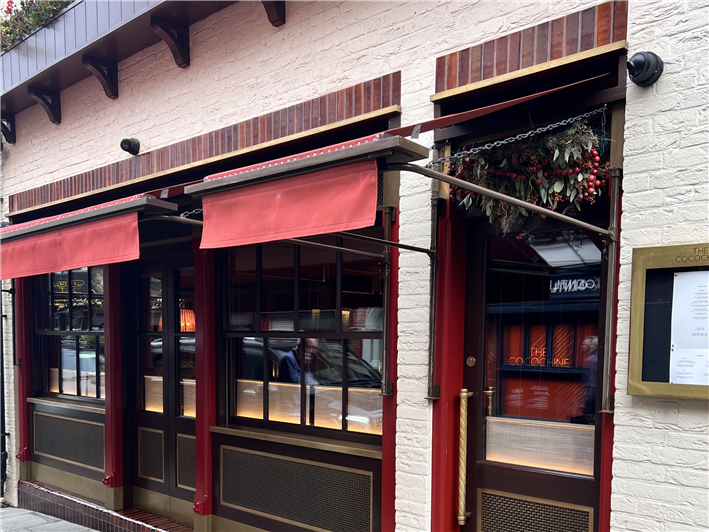

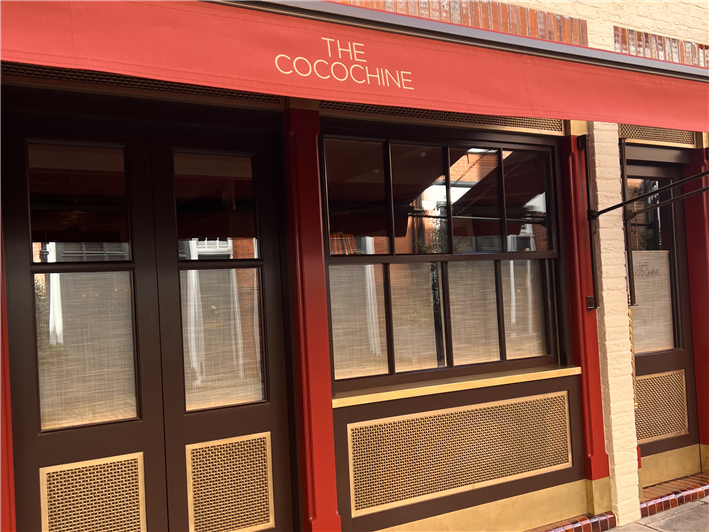
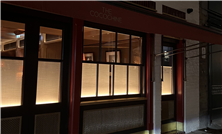
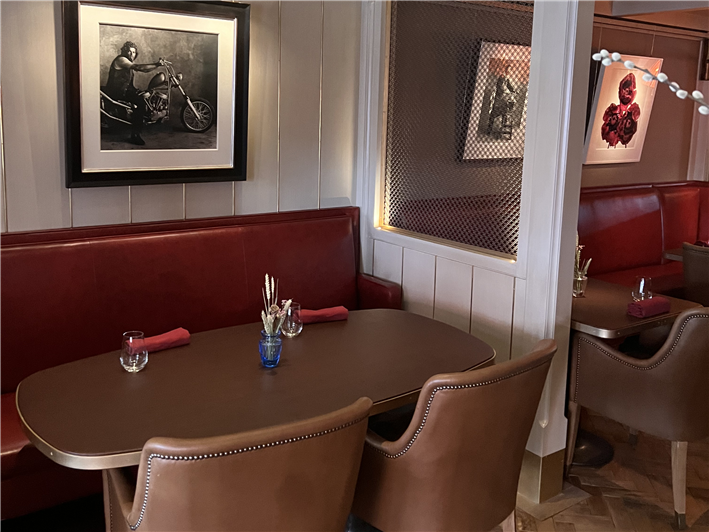
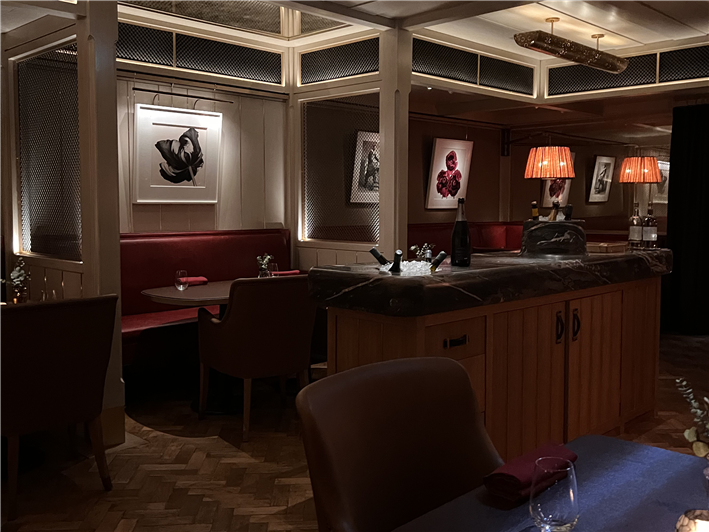
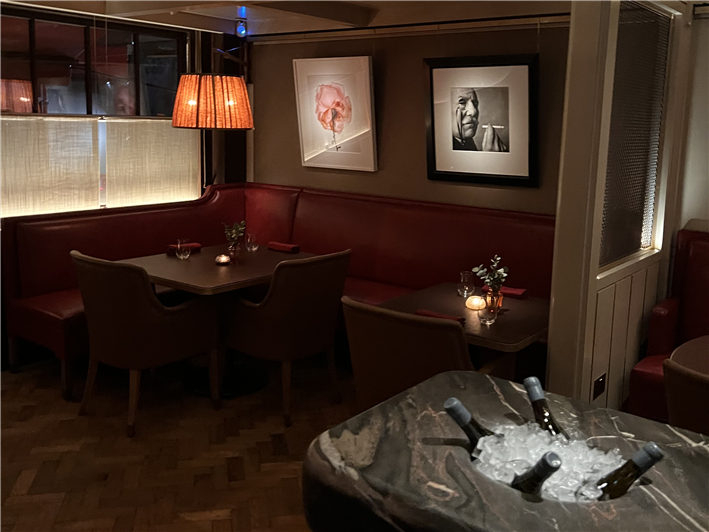
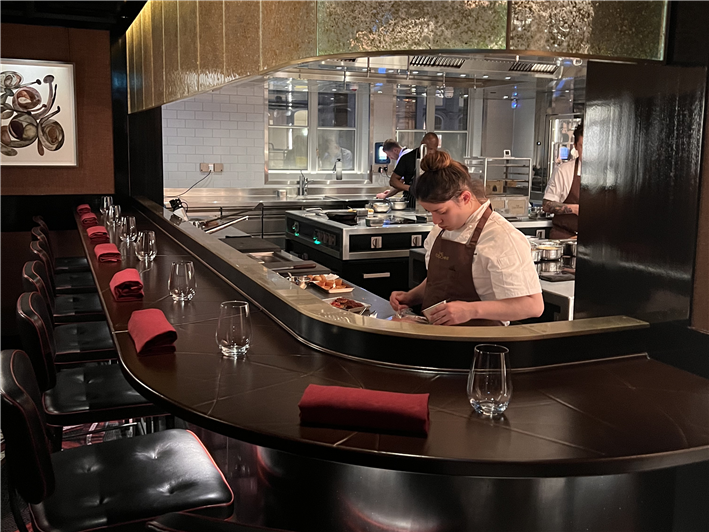
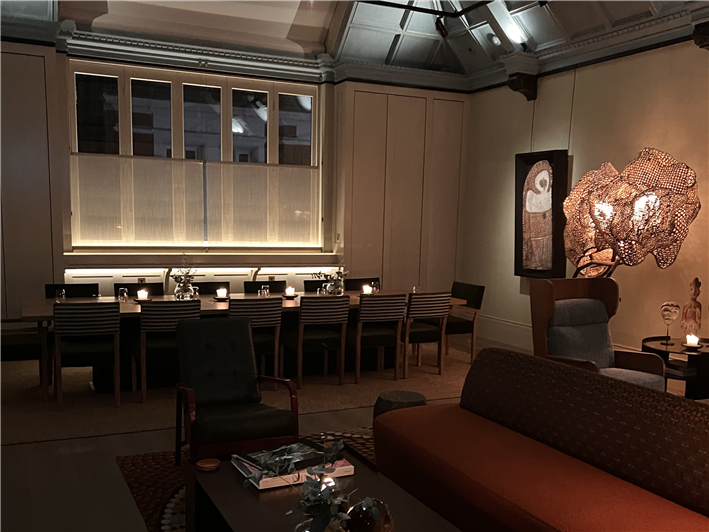
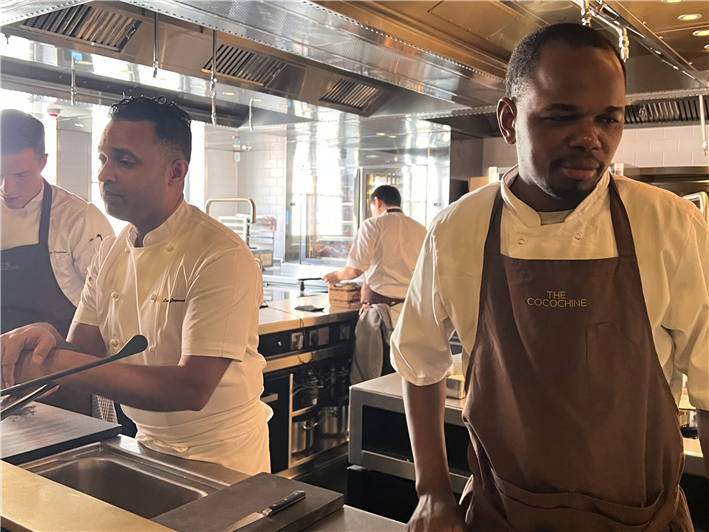
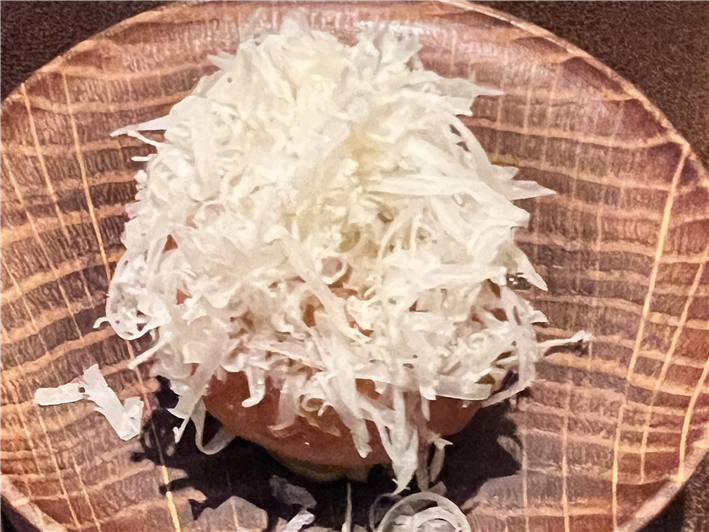
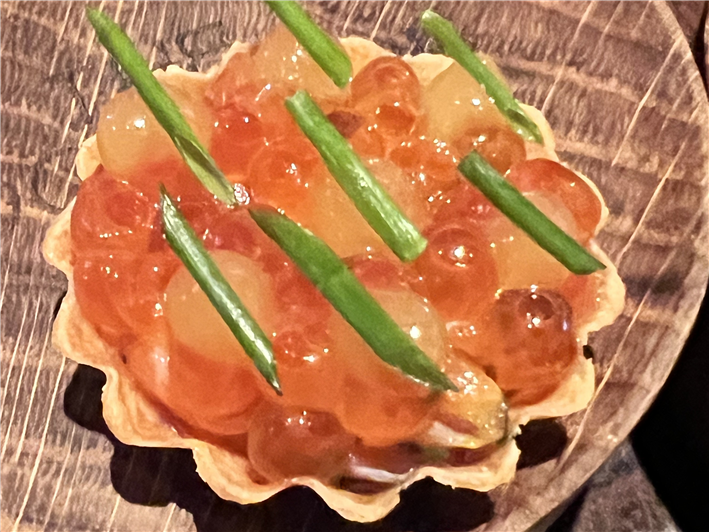

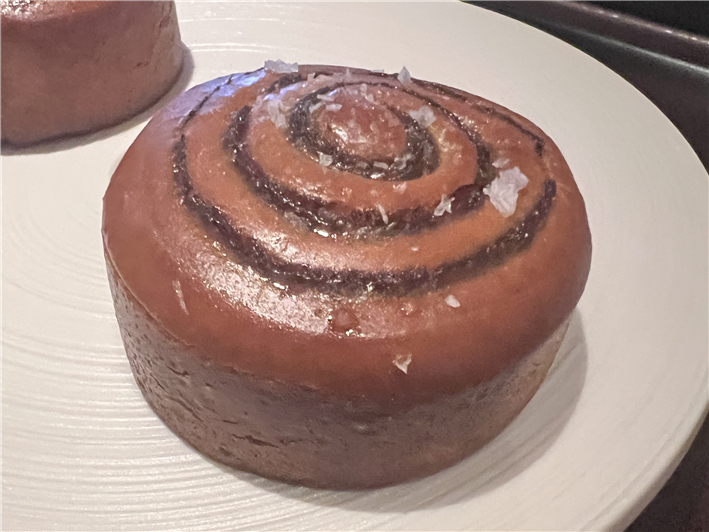
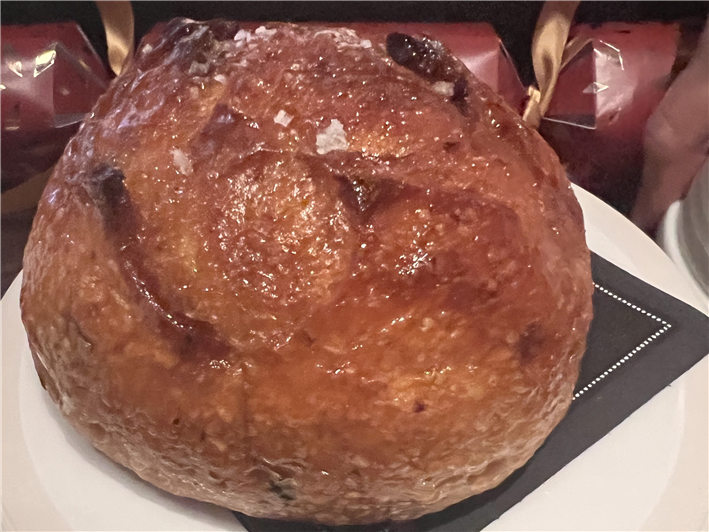
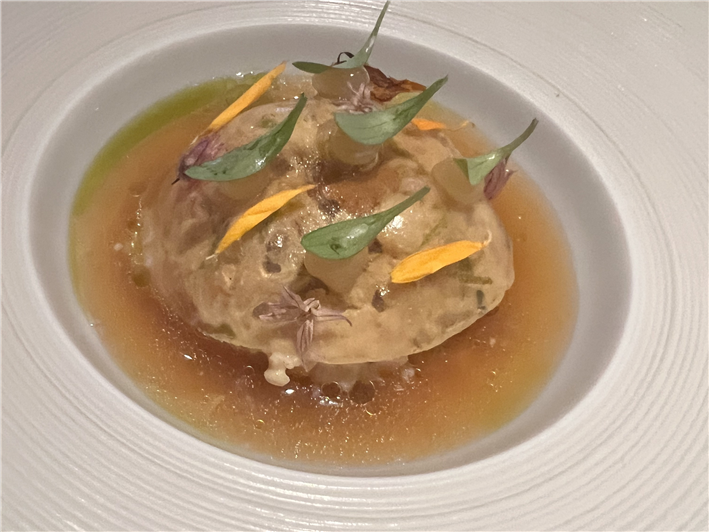
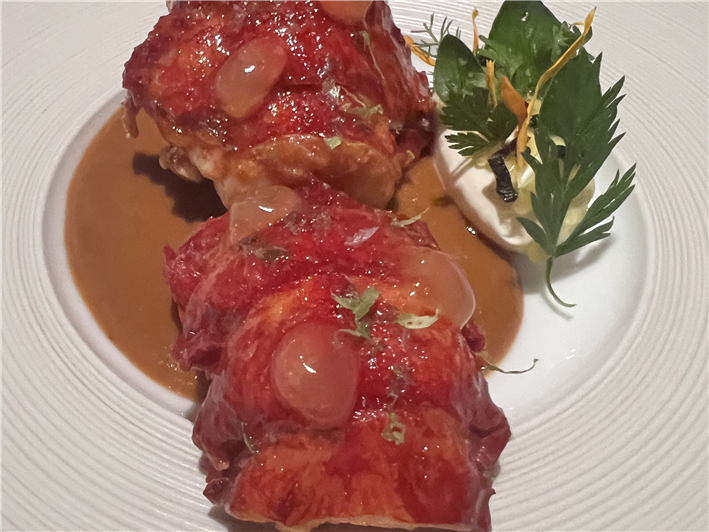
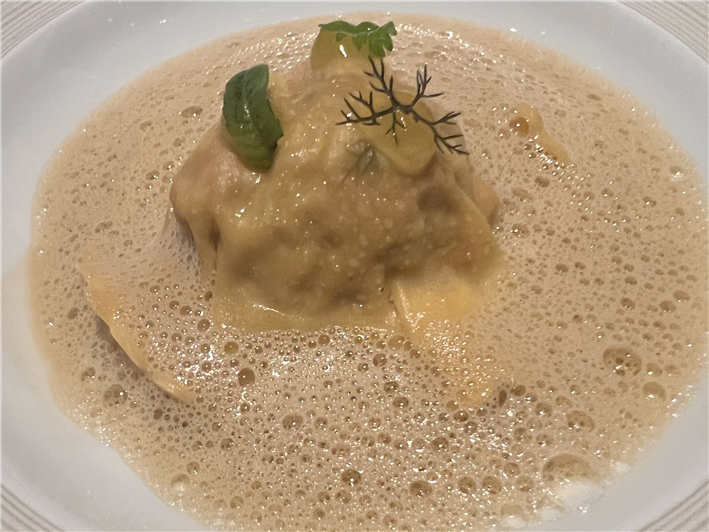
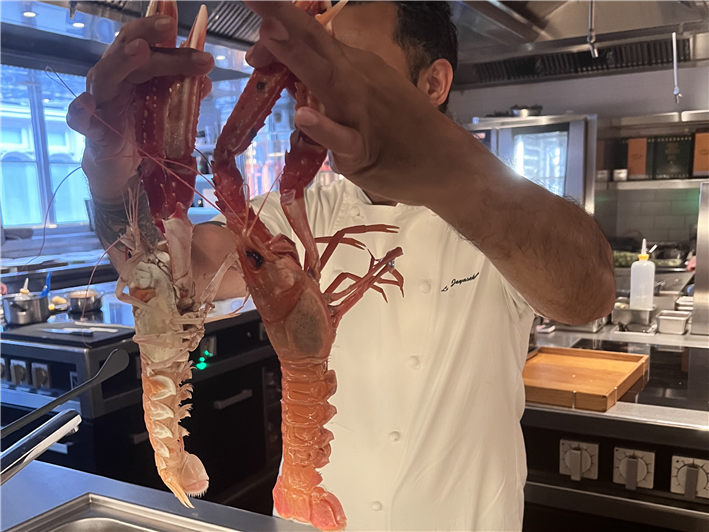
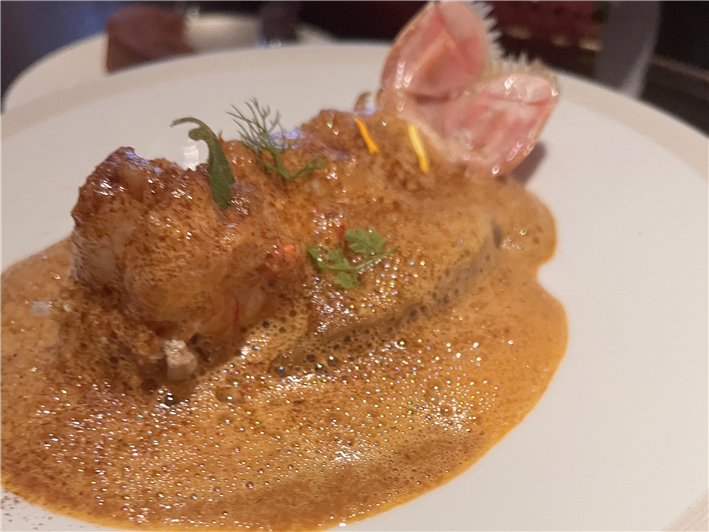

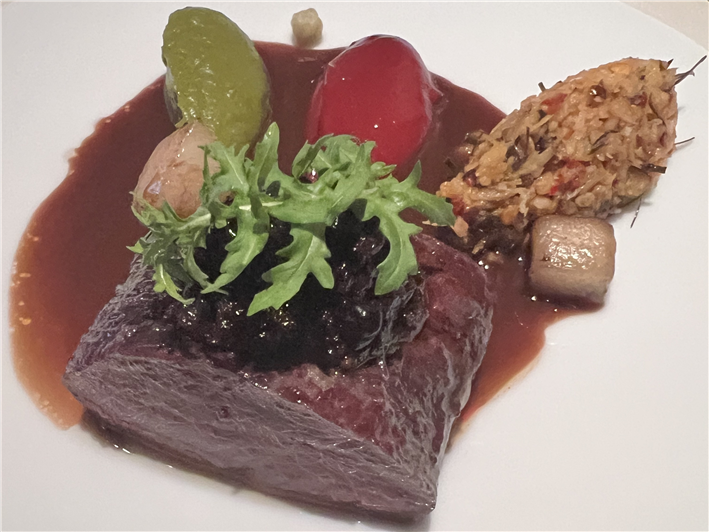
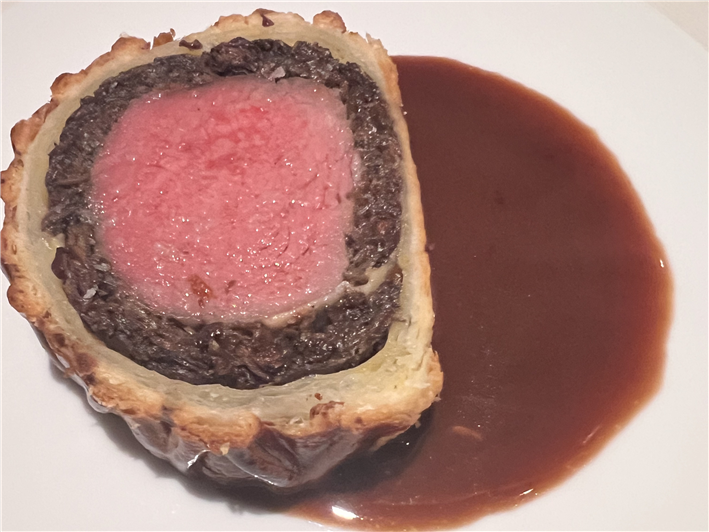
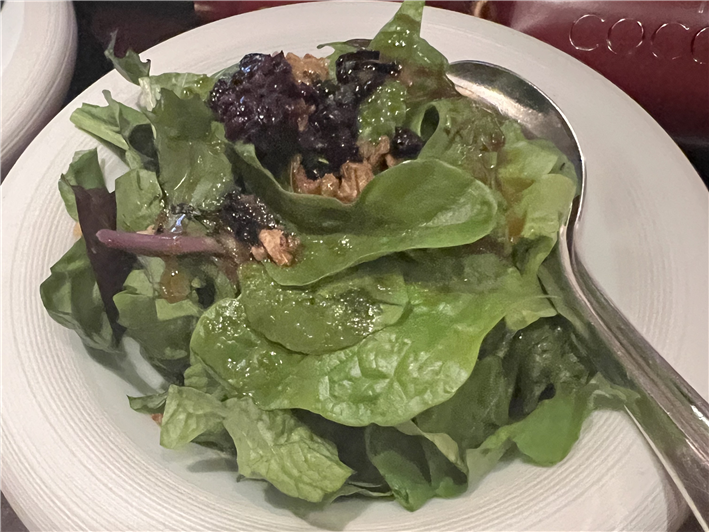
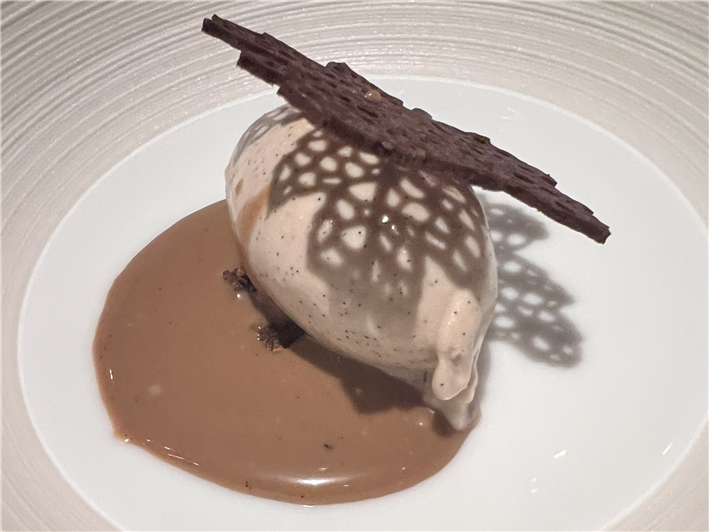







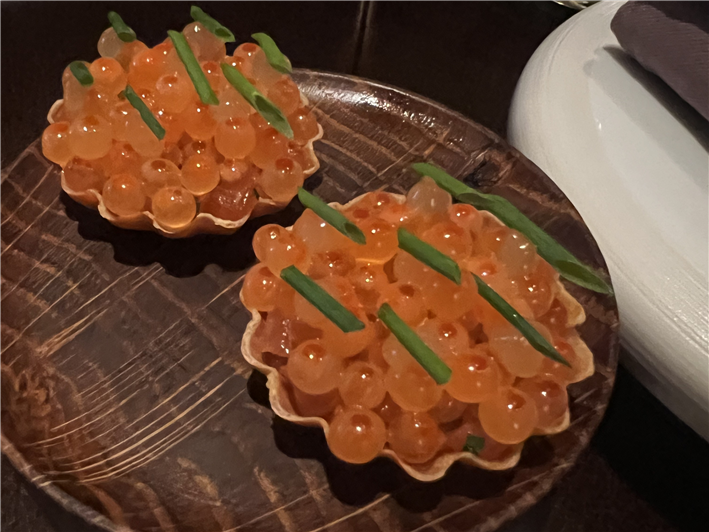
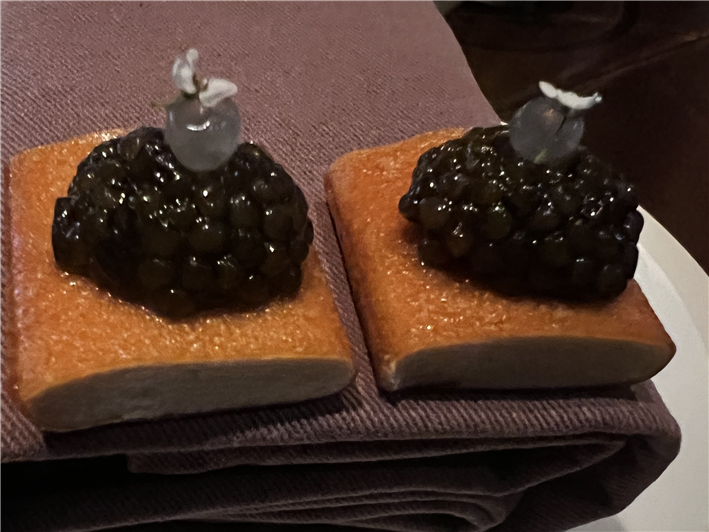

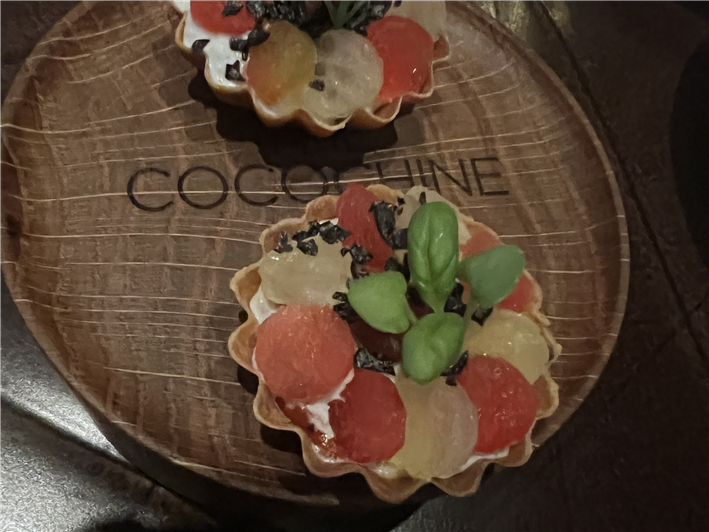
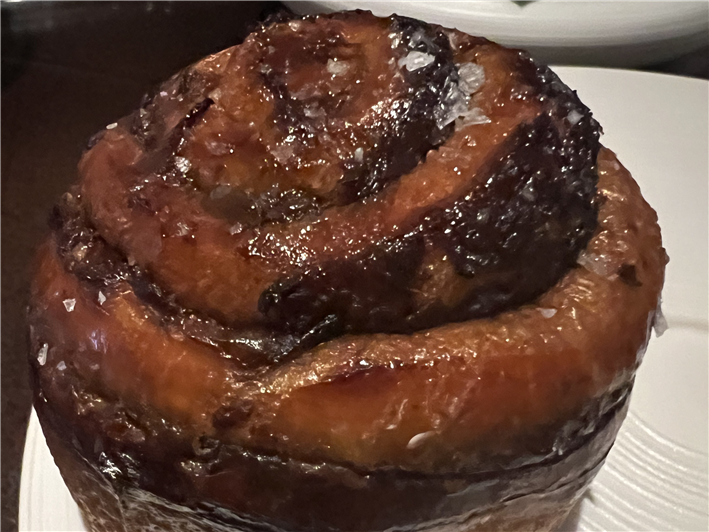
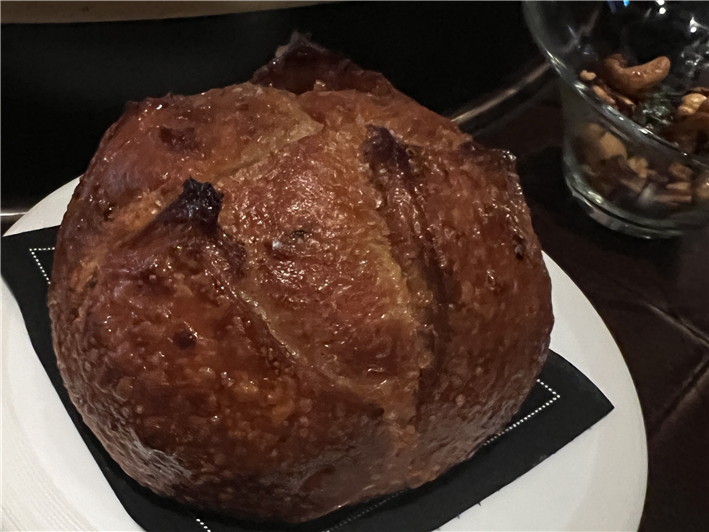
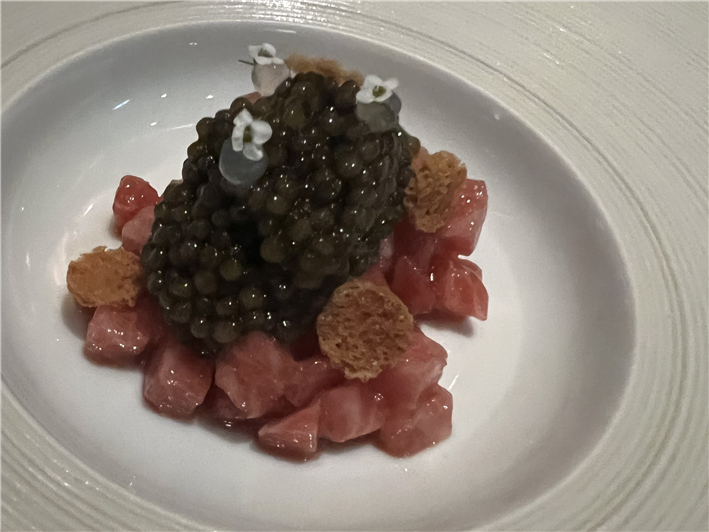
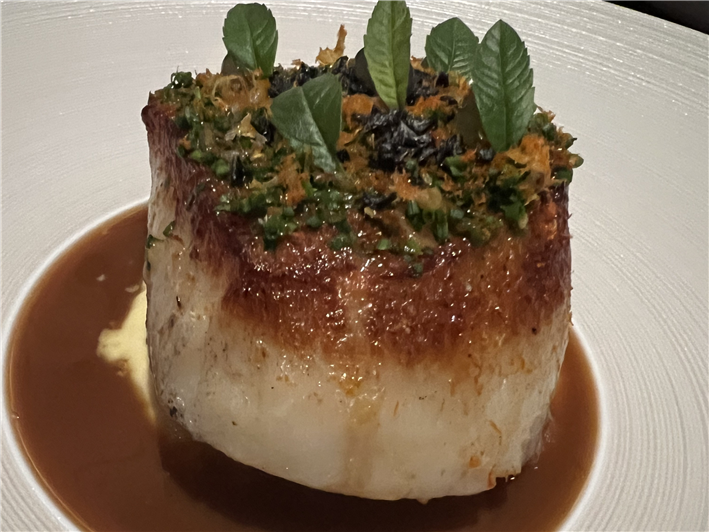

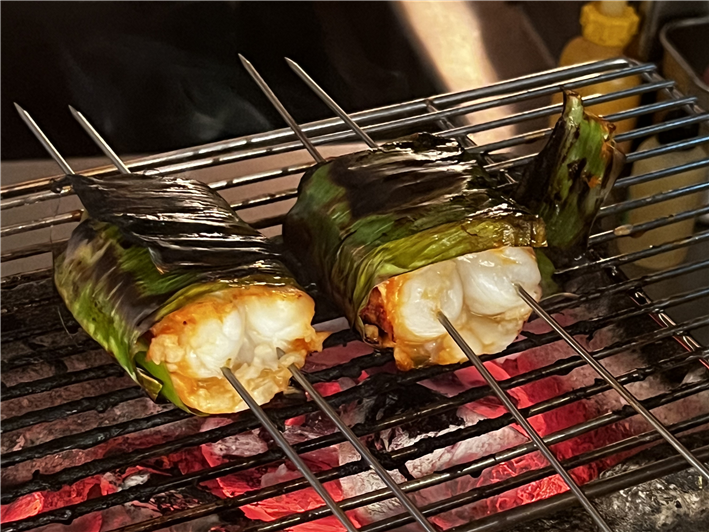
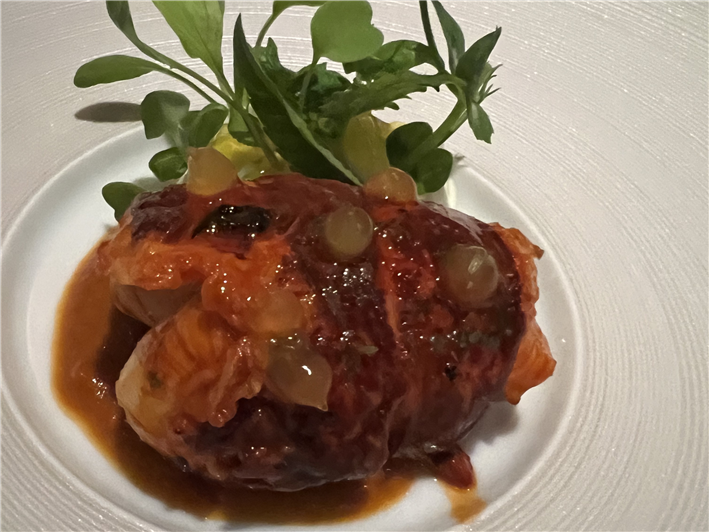
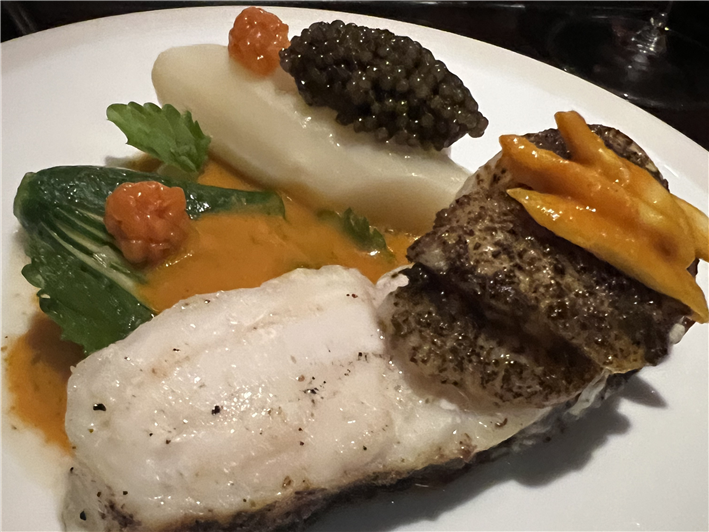


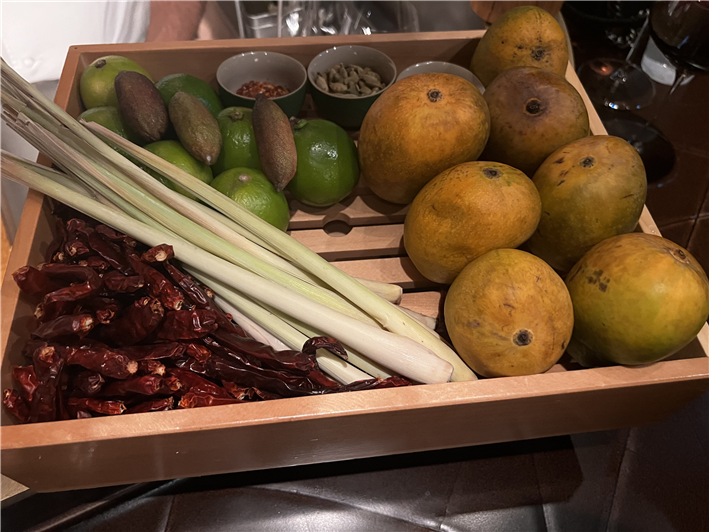

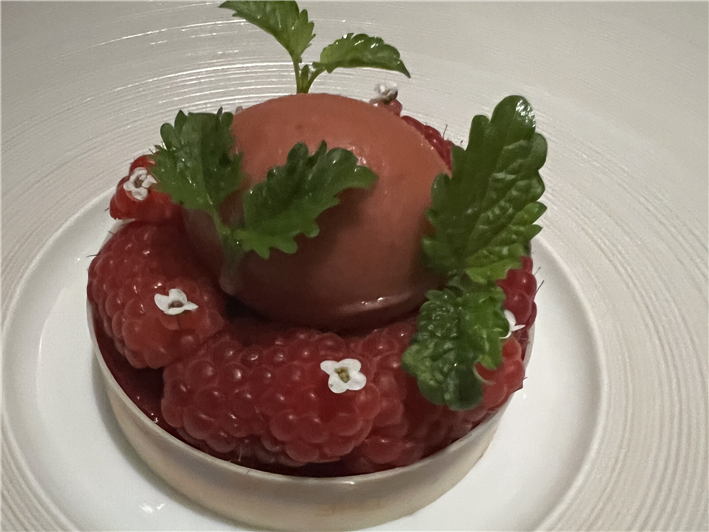
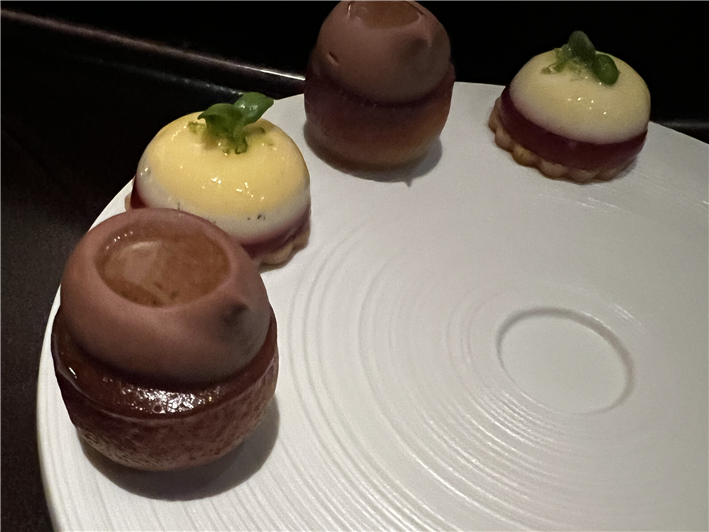
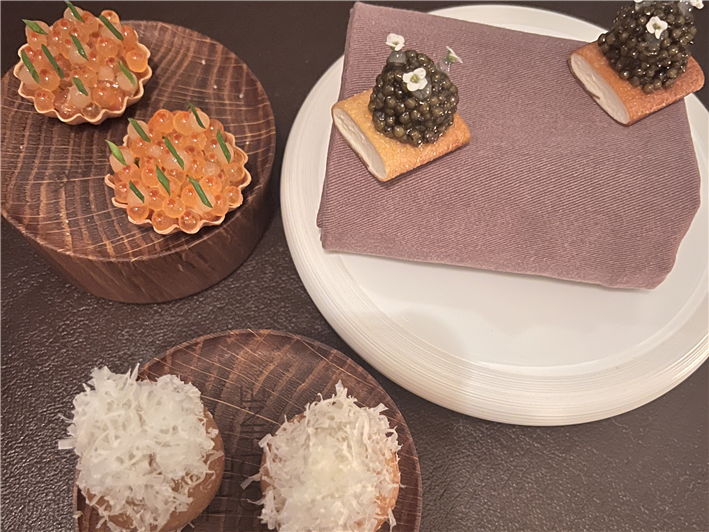
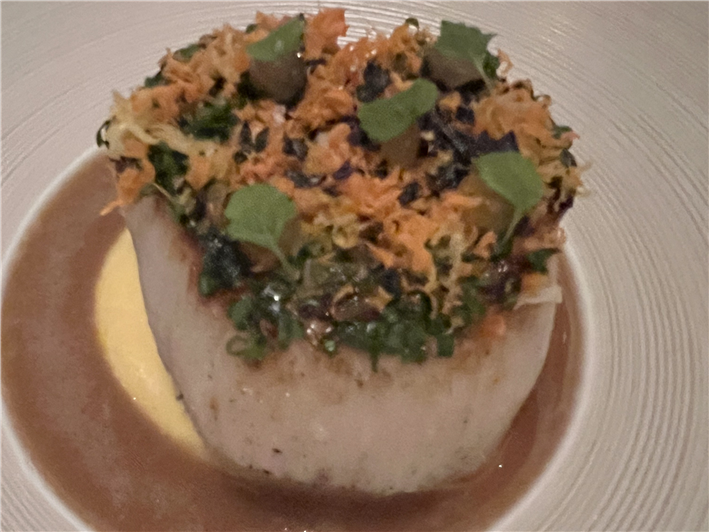
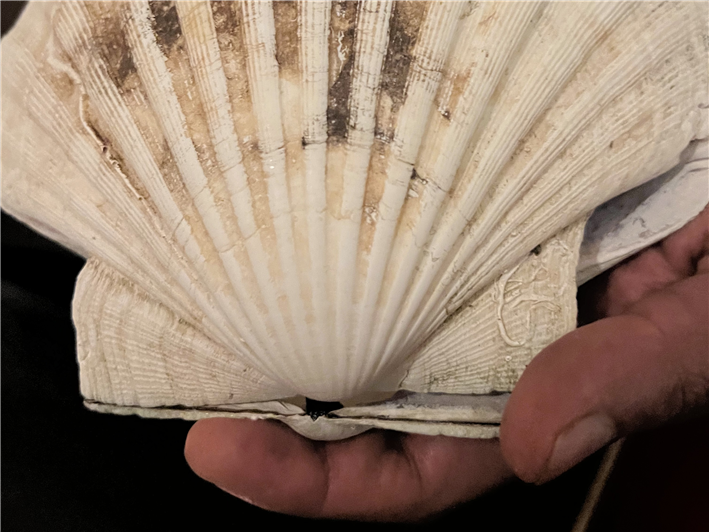
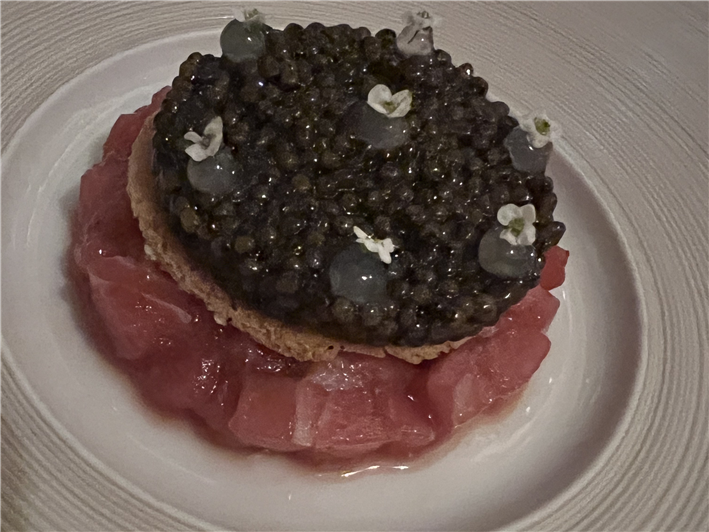

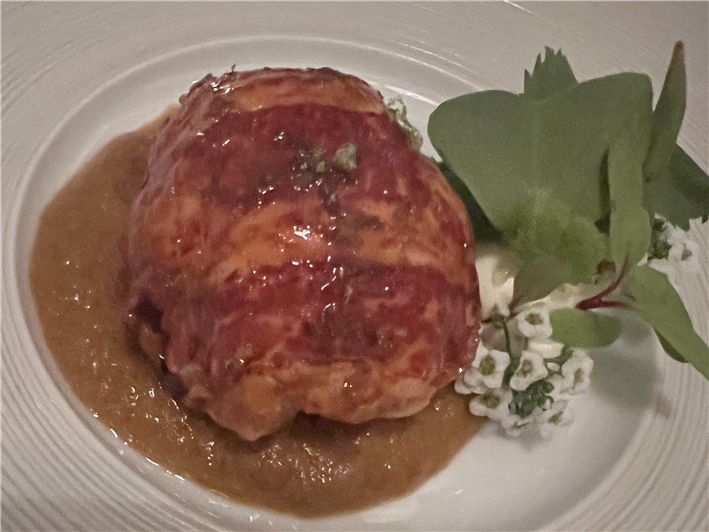
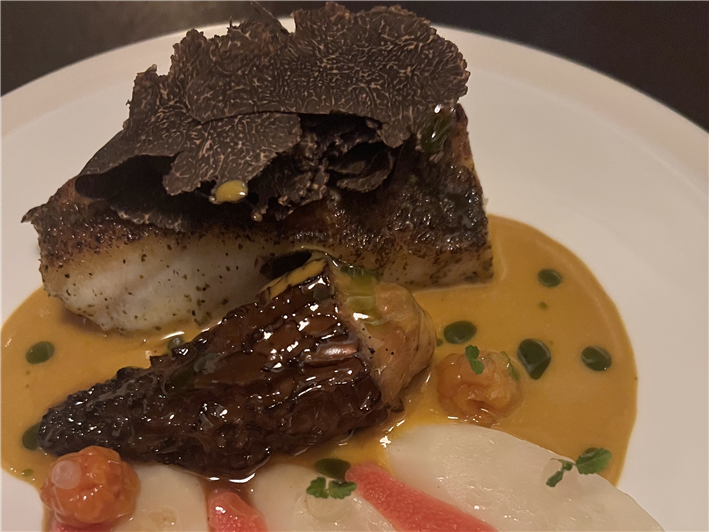

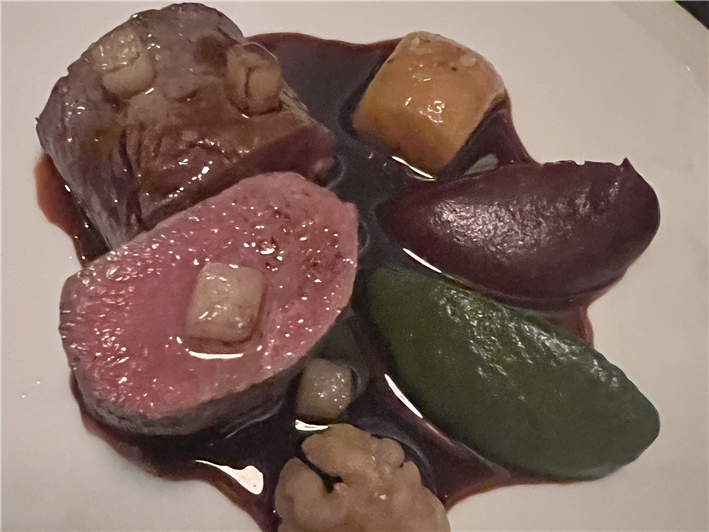
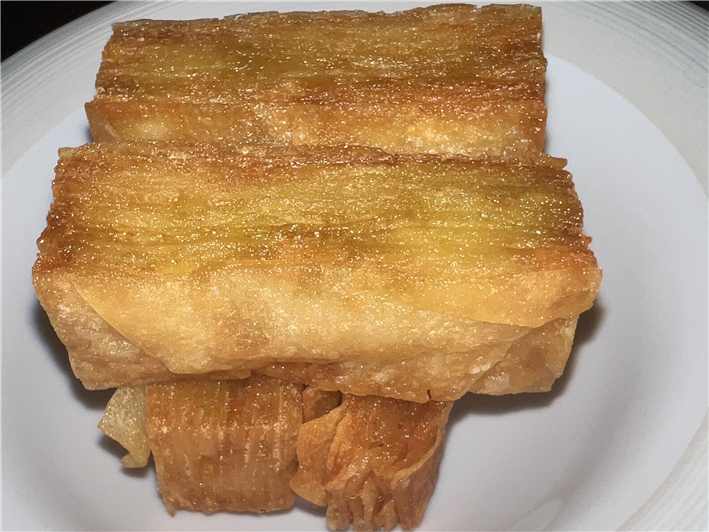
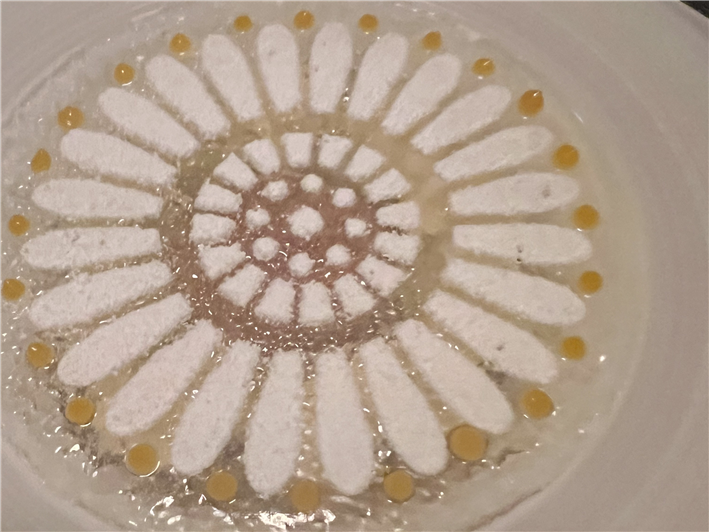
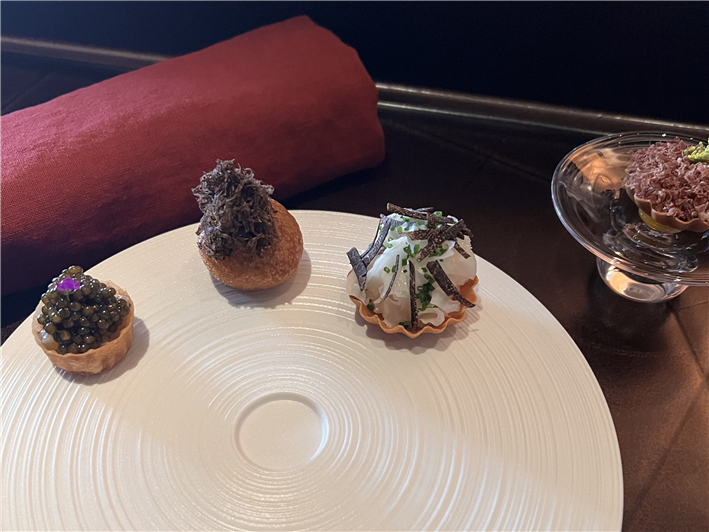

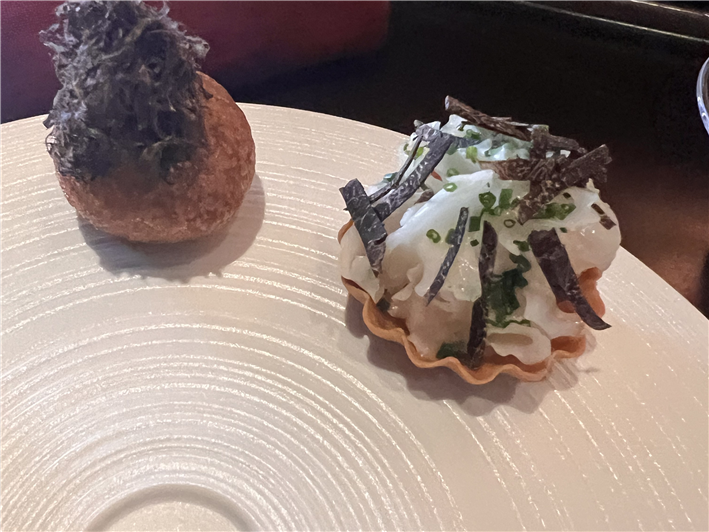
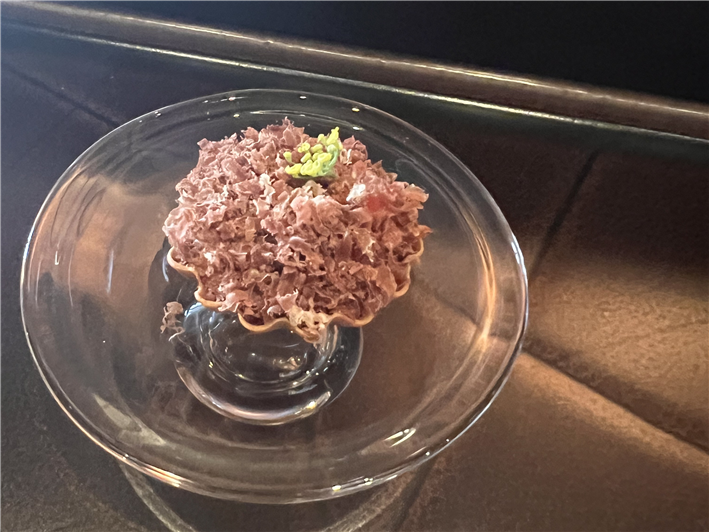
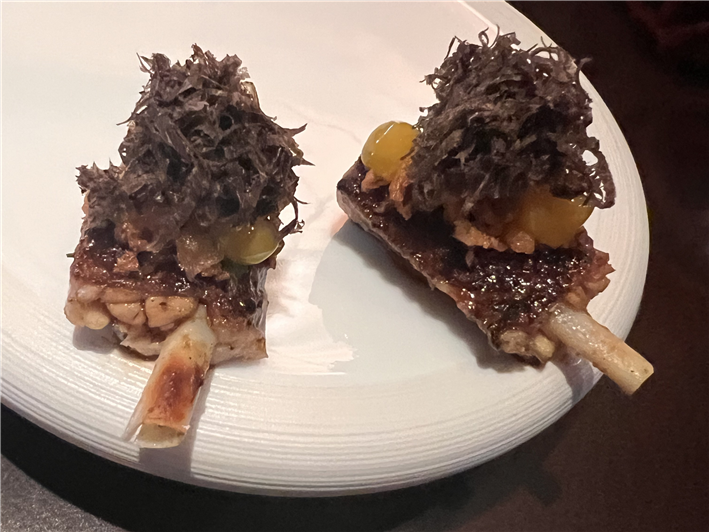
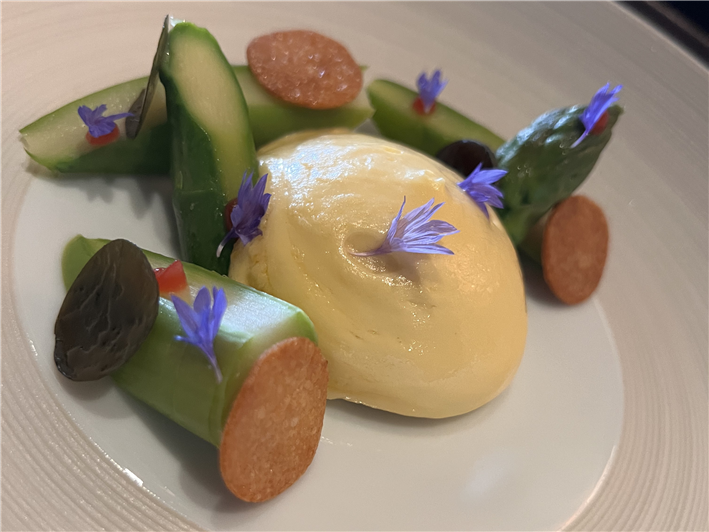
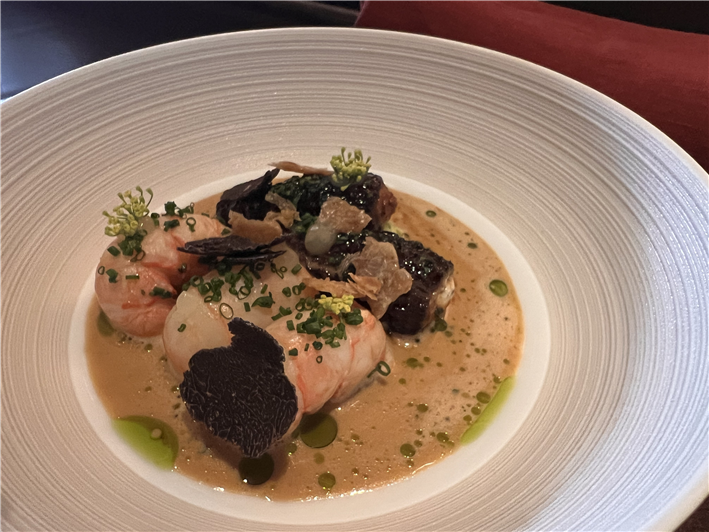
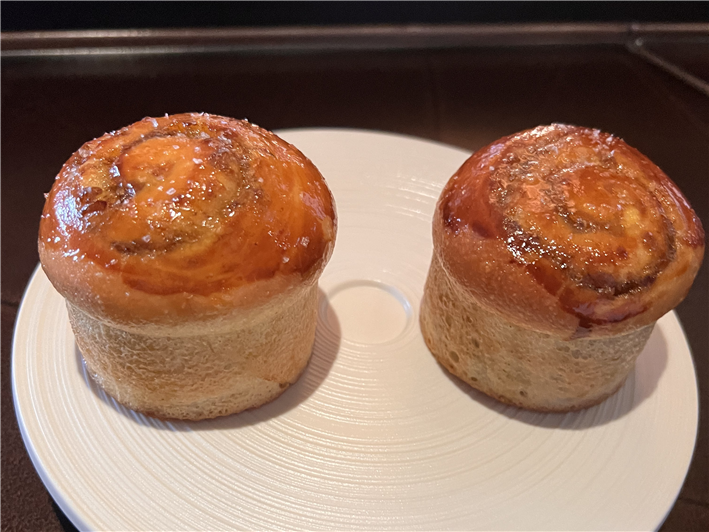
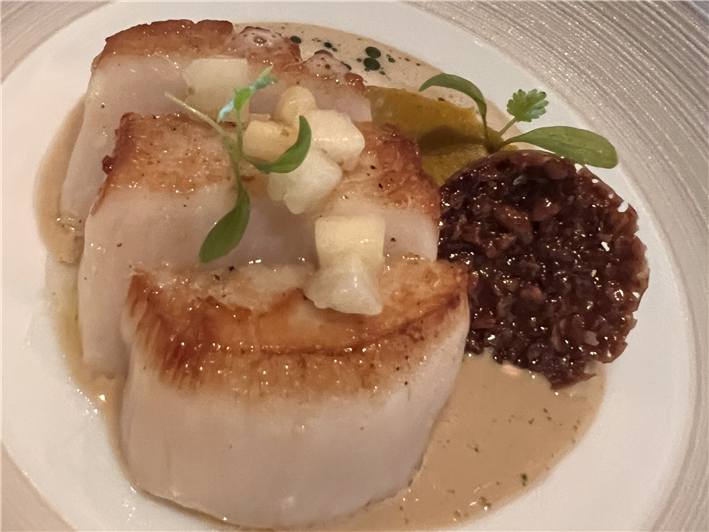
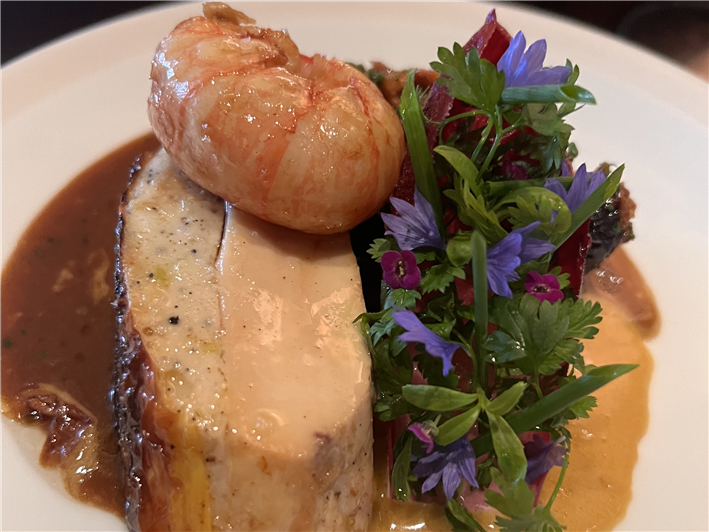

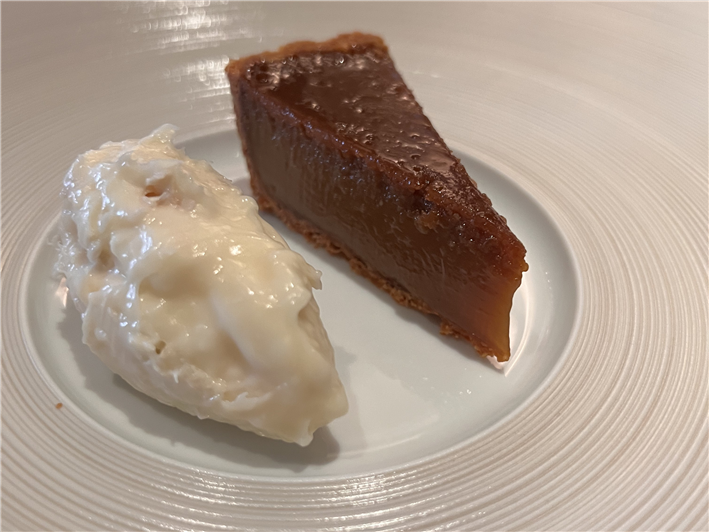
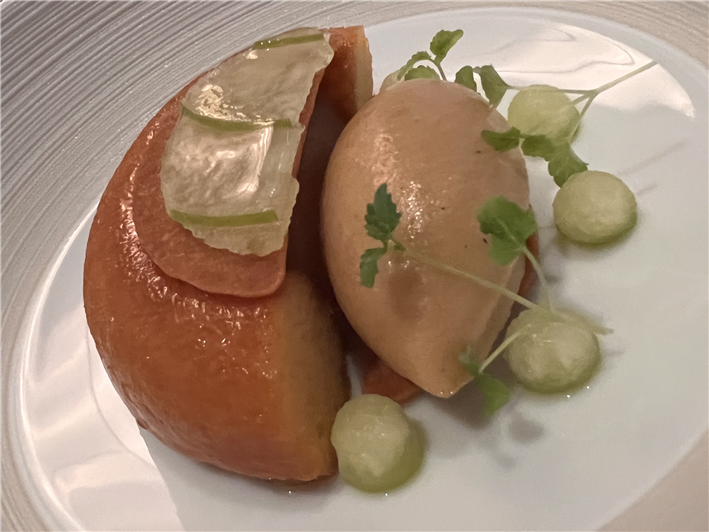
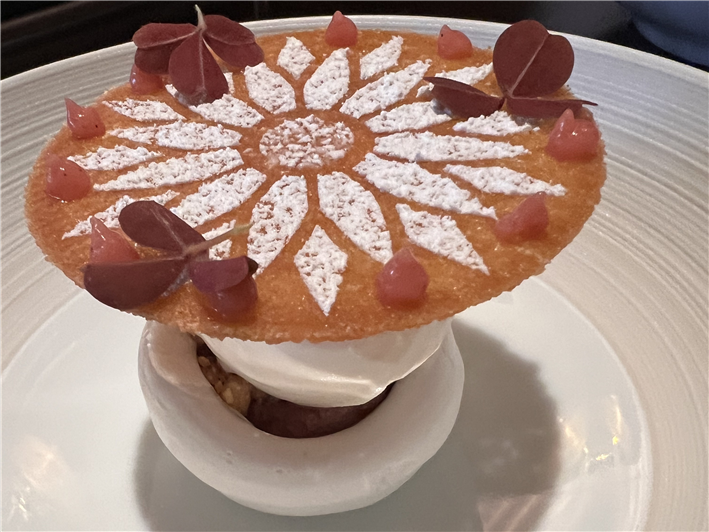
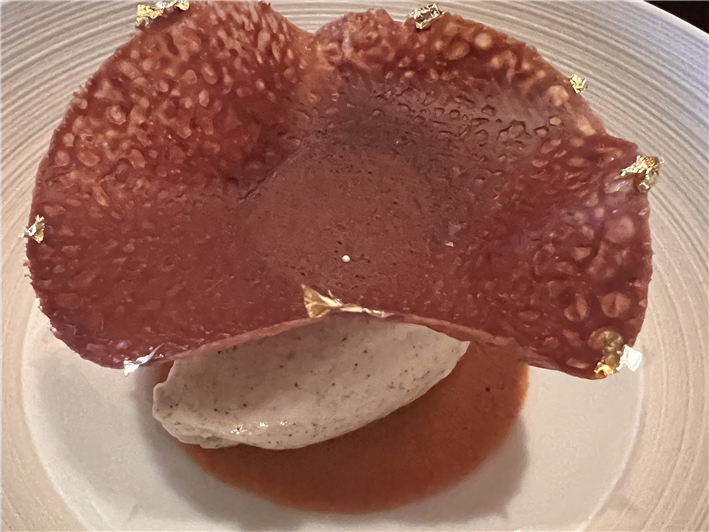
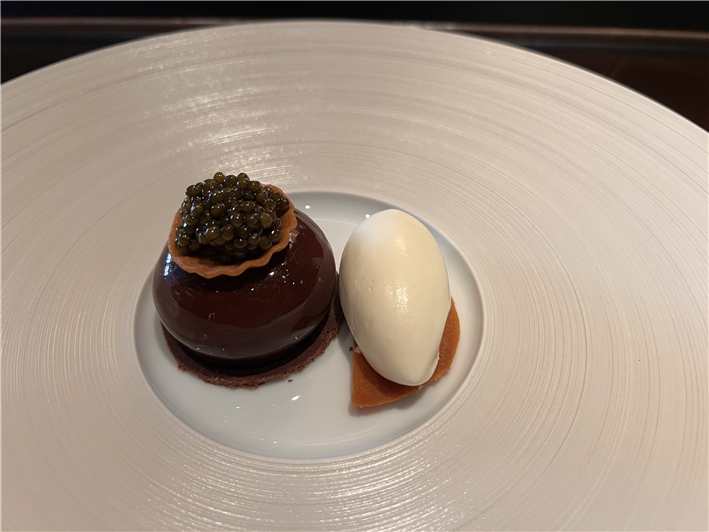
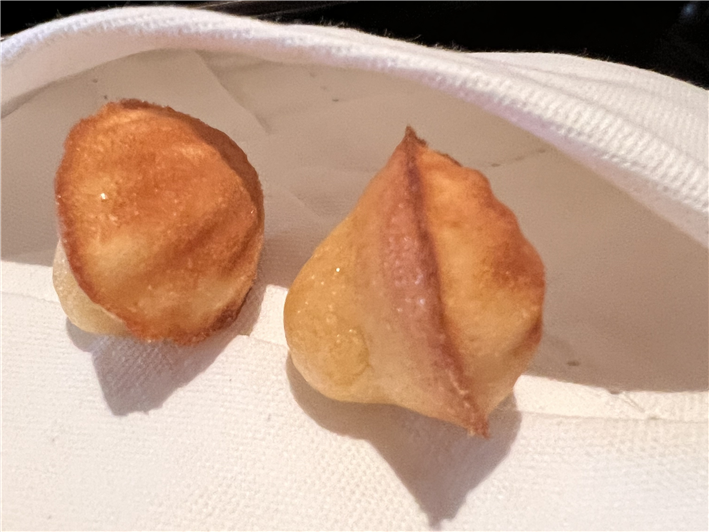
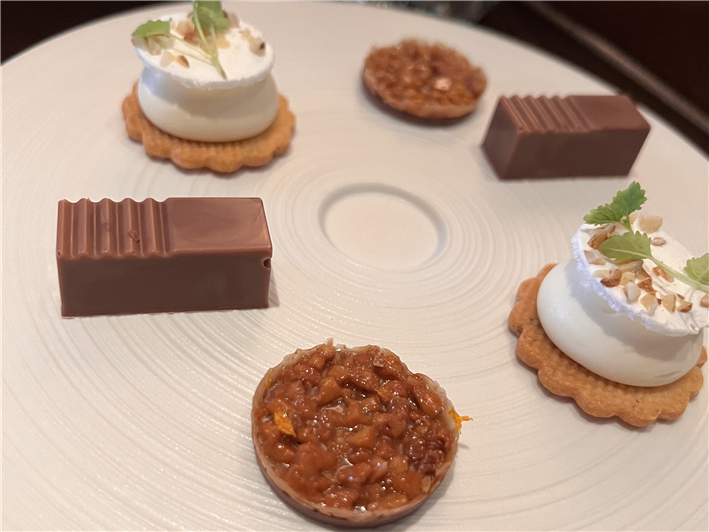
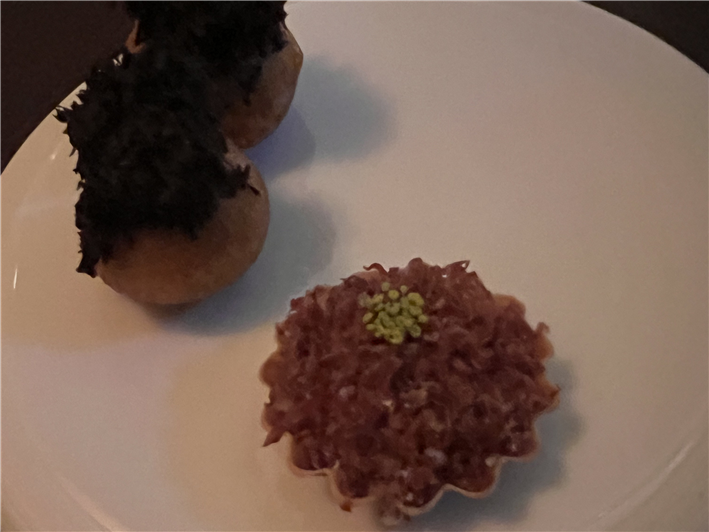

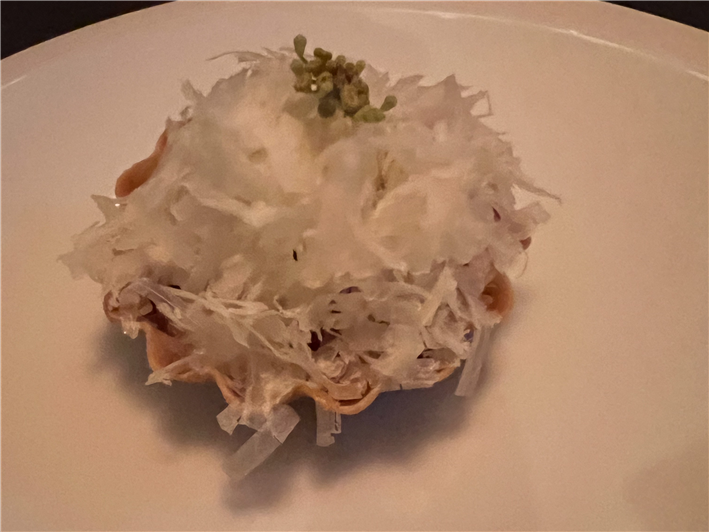
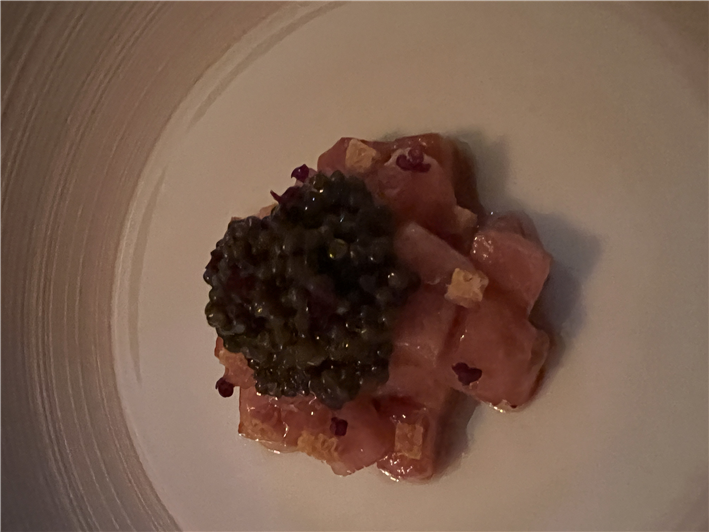
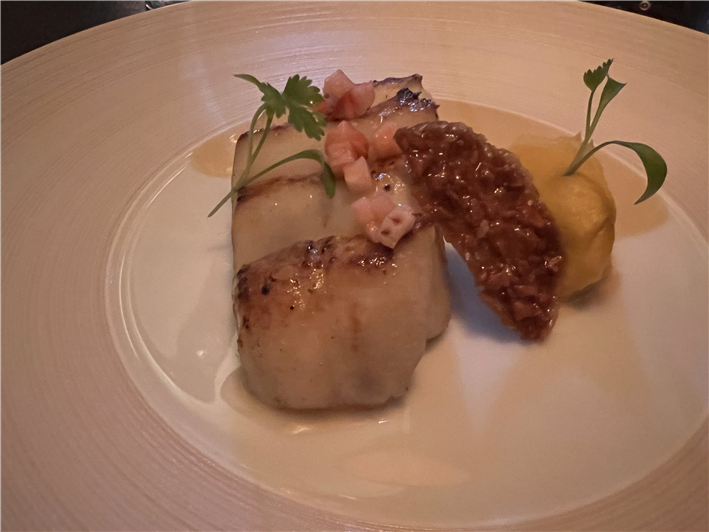
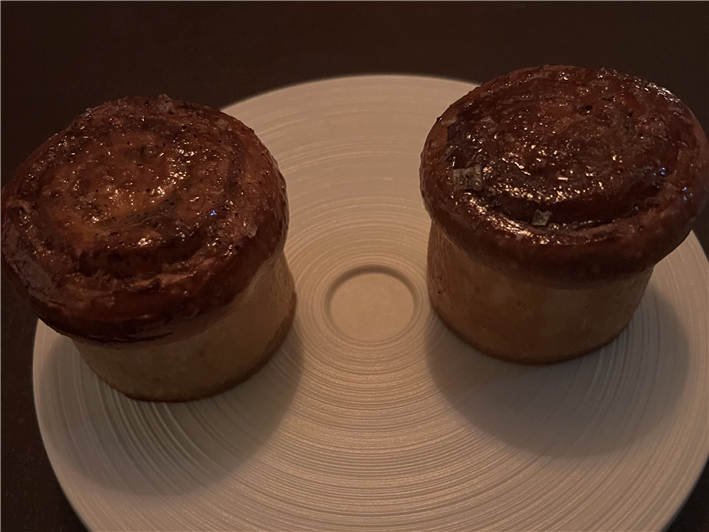








Add a comment
Thank you for submitting your comment, this will be checked and added to the website very soon.
User comments